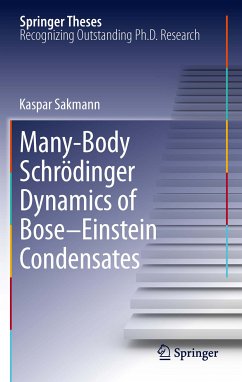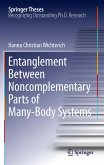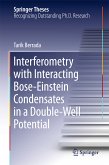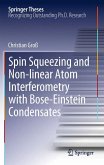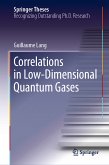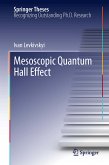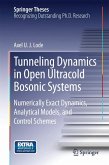Dieser Download kann aus rechtlichen Gründen nur mit Rechnungsadresse in A, B, BG, CY, CZ, D, DK, EW, E, FIN, F, GR, HR, H, IRL, I, LT, L, LR, M, NL, PL, P, R, S, SLO, SK ausgeliefert werden.
"The work under the present review is a doctoral thesis of the well-known Heidelberg University. The topic treated in the 130-page thesis is of great value with several respects. ... Final remarks and outlook complete the thesis together with 6 useful appendices. In addition to extensive references at the end of the first 8 chapters there is a brief bibliography and the Scholar's biography. Colourful figures are very interesting and informative, indeed." (Paninjukunnath Achuthan, Zentralblatt MATH, Vol. 1233, 2012)

